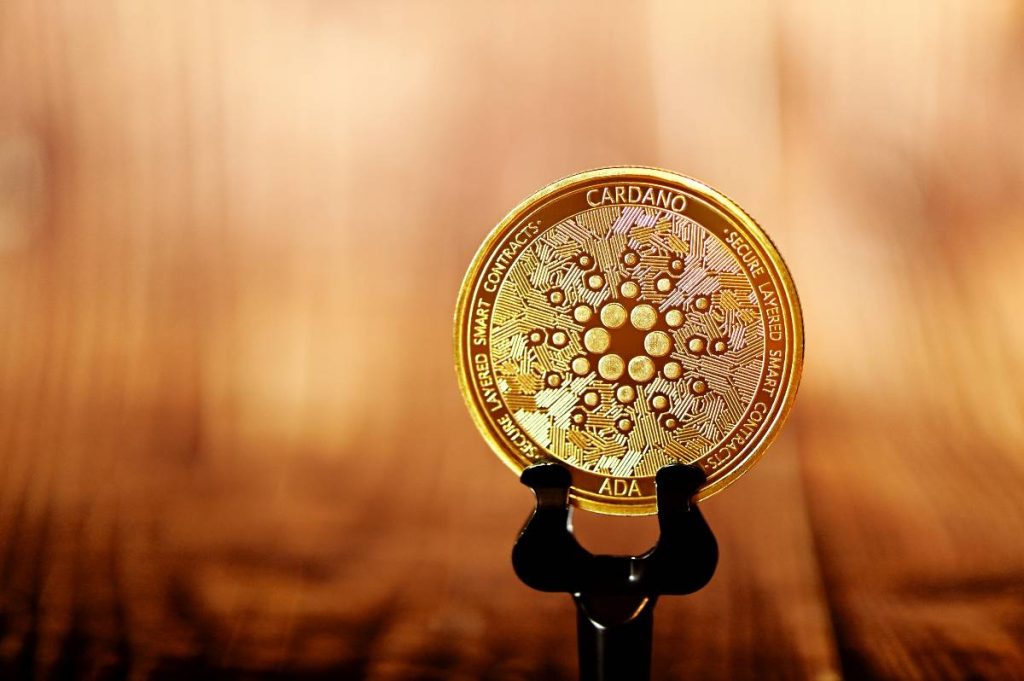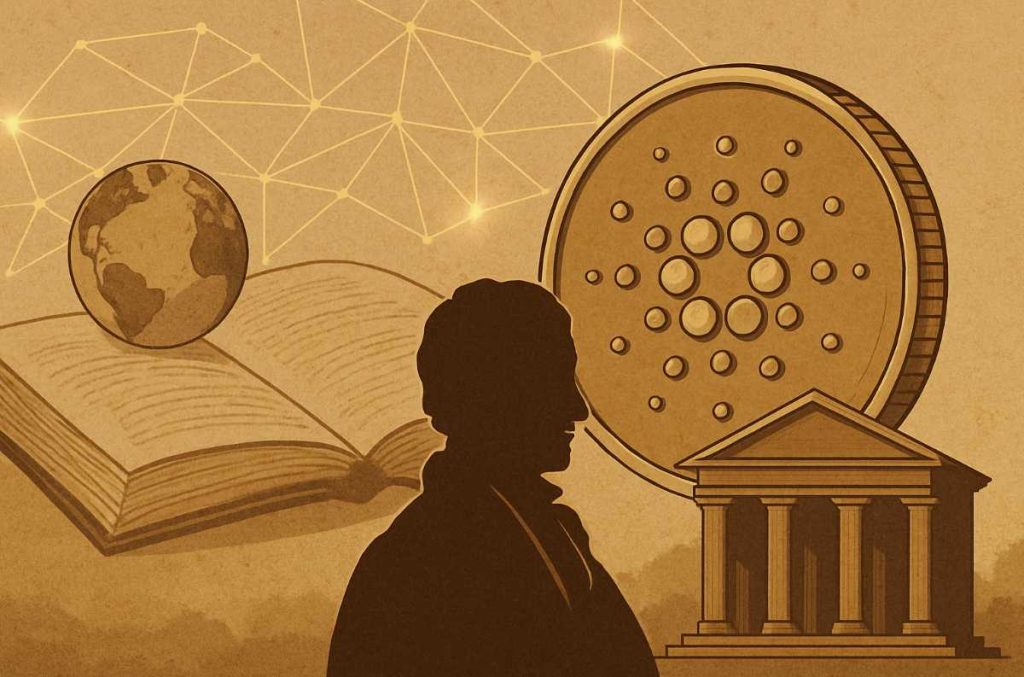Cardano has become popular worldwide for its academic approach and its differentiation from other crypto projects. Before launching to the market, Cardano adopted an educational approach and researched key concepts to improve what other blockchain platforms were offering.
And it managed to achieve this, and now, Cardano is home to a blockchain that has found a perfect balance between decentralization, scalability, and security.
ADA is the native token of this platform and is also attracting investor attention. Because ADA is rooted in an academic approach, people can trust this project more, and it offers ADA the right environment to benefit from long-term growth. So, ADA is a great coin for investors who want to benefit from diversification.
This is even more evident given ADA’s strong position in 2025, and the ADA price prediction suggests the future may bring positive news for this coin.
In this article, we will explore the history of ADA while highlighting its vision and academic approach. Keep reading to learn more.
Why did Cardano choose a scientific approach?
Charles Hoskinson is an important figure and has made a significant contribution to Cardano’s development. Previously, he was involved in the Ethereum project, serving as one of its co-founders. However, he decided to step aside when Ethereum took a different approach to what he envisioned. This was the reason Charles Hoskinson wanted to create his own project, which led to the launch of Cardano.
The foundation for this was laid in 2015, when Charles Hoskinson, together with Jeremy Wood, founded IOHK (Input Output Hong Kong), an engineering firm that set out to advance blockchain technology through peer-reviewed science. Cardano was launched in 2017, and its name wasn’t chosen by chance.
Cardano was named after the mathematician Gerolamo Cardano, known for his contributions to mathematics. This vision is also reflected in the name of the platform’s active token, which honors Ada Lovelace, an important mathematician and the first woman computer programmer in the world.
Cardano’s vision can be inferred from the name chosen, which truly showcases its main attribute: to bring innovation and be grounded in intellectual discipline. To improve Cardano, IOHK has partnered with many important institutions, such as the Tokyo Institute of Technology and the University of Edinburgh, which have developed the best strategies and brought an academic approach to Cardano.
How did the early years of Cardano look?
Cardano was launched with a unique architecture and several phases that will be updated gradually. The first phase is the Byron era, which laid the foundation for peer-to-peer transactions. The consensus mechanism that Cardano has chosen is a little different from the rest.
Cardano uses Ouroboros, a Proof-of-Stake (PoS) consensus mechanism that aims to solve both security challenges and the high energy consumption associated with Proof-of-Work (PoW).
When it launched, Cardano issued a limited supply of 45 billion ADA. From this amount, 25.9 billion was distributed in the public sale, which occurred from 2015 to 2017. The rest of this amount was first distributed to IOHK and Emurgo, which was an important partner. In the first moment, ADA was valued at $0.02, and it grew to $0.17 by October 2017.
What are the main phases in the evolution of Cardano?
Cardano has undergone numerous phases to address the shortcomings of other crypto projects. Its roadmap is divided into five main eras, each with well-chosen names inspired by historical figures. Here they are:
- Byron: The initial phase, which occurred in 2017, introduced staking and basic transactions.
- Shelley: The next important upgrade to Cardano, Shelley, occurred in 2020, introducing staking pools and enabling ADA holders to participate in the platform’s consensus.
- Goguen: 2021 brought the Goguen phase, which occurred in stages. Initially, the Goguen introduced smart contracts, and it also had a hard fork, Alonzo, which enabled the creation of decentralized applications (dApps). This put Cardano directly in competition with Ethereum.
- Basho: The Basho phase began in February 2025 and aims to enable parallel processing and optimize performance using sidechains.
- Voltaire: Voltaire is a phase that will occur in the future, and will introduce better governance, so that ADA holders can vote on funding and protocol upgrades.
How did the Cardano ecosystem grow?
Cardano saw a significant increase starting in 2021, driven by the introduction of smart contracts. Now, Cardano hosts numerous dApps. They range from NFTs to decentralized finance (DeFi) and are helping Cardano benefit from greater adoption.
The evolution has not only been seen in Cardano, but also in the Cardano Foundation and IOHK. For instance, IOHK has signed a deal with the Ethiopian government to address educational challenges. This is why Cardano is used for educational credentials, and it aims to help universities digitally record their students.
The bottom line
Cardano is a very interesting crypto project that stands out from the rest. This project is unique in its academic approach and vision, which Cardano has used to address the shortcomings of other crypto projects.
ADA is among the top cryptocurrencies worldwide, and with ongoing upgrades, interest in ADA could grow further. Cardano has always prioritized science over launching another platform, and even though its evolution was slower, it improved users’ experience with its approach.
Cardano is an ambitious project that succeeded in bringing its vision to reality. No matter what the future brings for this crypto project, Cardano has made waves and stood out from the rest. Cardano can inspire other blockchains to research thoroughly before launch, enabling them to create more valuable platforms and services.
And because there is high competition in crypto and new projects are emerging every day, this approach seems superior and will have a better chance of success.






